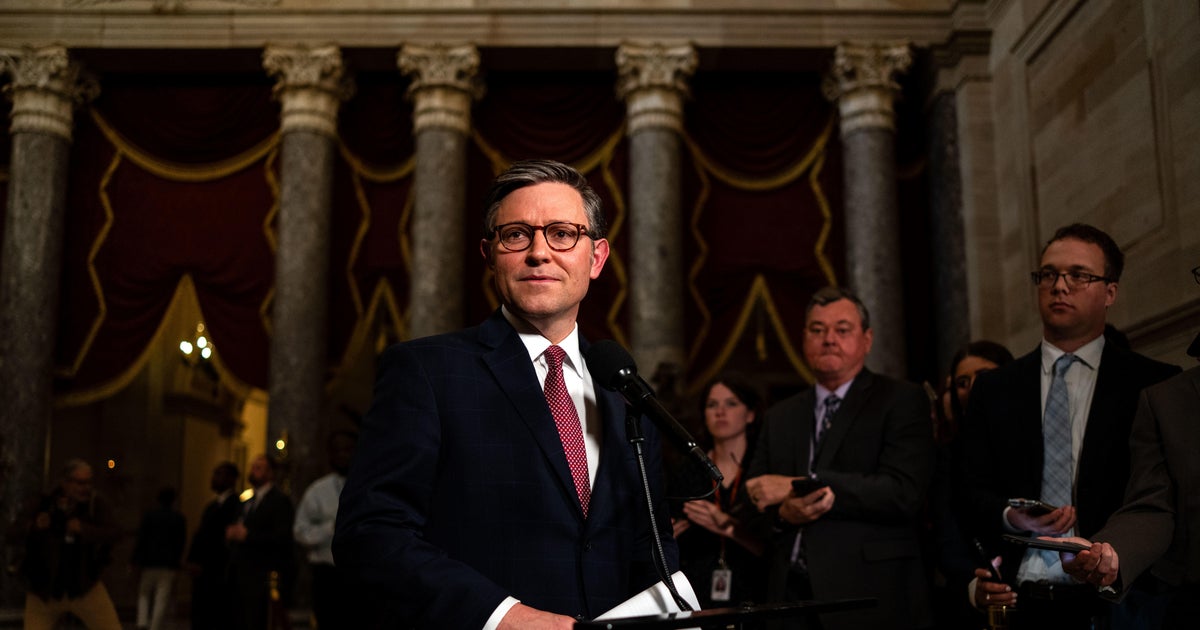The AP Stylebook now includes "they" as a singular, gender-neutral pronoun
The Associated Press Stylebook, a widely used manual of journalistic writing standards, has made a shift in the use of the pronoun “they” to acknowledge the evolving landscape of gender identity.
The latest update embraces the use of “they,” “them,” and “their” as singular or gender-neutral pronouns when referring to individuals who do not identify with being male or female. The change is reflected in the online version of the 2017 style guide and will be included in the new print version coming out in May.
“They/them/their is acceptable in limited cases as a singular and/or gender-neutral pronoun, when alternative wording is overly awkward or clumsy. However, rewording usually is possible and always is preferable,” the entry states. It goes on to suggest using the person’s name instead of a pronoun when the situation allows. “Clarity is a top priority... If they/them/their use is essential, explain in the text that the person prefers a gender-neutral pronoun.”
Paula Foke, lead editor of the AP Stylebook, elaborated on the decision at the American Copy Editors Society conference on Friday. “We offer new advice for two reasons: recognition that the spoken language uses ‘they’ as singular and we also recognize the need for a pronoun for people who don’t identify as a ‘he’ or a ‘she.’”
For gender non-binary people, this is an important change and a significant moment of recognition. In the latest CBSN Originals documentary, “Gender: The Space Between,” several people stressed the importance of using neutral pronouns as opposed to “he” or “she.”
“I think it’s about pushing back on language and the binary. It’s a way of self-determining how you want to be called. Pronouns and gender are put on us, and this is this refusal to allow that,” said sj Miller of NYU’s Metropolitan Center for Research on Equity and the Transformation of Schools. Miller explained that when others, from family and friends to journalists and publications, acknowledge a person’s choice of pronouns, they are also acknowledging that person’s gender identity.
Online, the new AP guideline was applauded by many, but some believed it doesn’t go far enough. Others on social media derided it as another example of “politically correct” culture.
The update is part of a larger AP Stylebook entry on gender and sex, which emphasizes that the two are not the same, and gives context on the evolving vocabulary surrounding gender. “Because this language is ever evolving, newsrooms and organizations outside of AP may have to make their own decisions,” Foke said.
Other notable changes include expanding the abbreviation LGBT (for lesbian, gay, bisexual, transgender) to LGBTQ, adding “Q” for “questioning and/or queer.” There is also a new entry on the word “homophobia,” saying it may be used “in broad references or in quotations to the concept of fear or hatred of gays, lesbians and bisexuals.”




